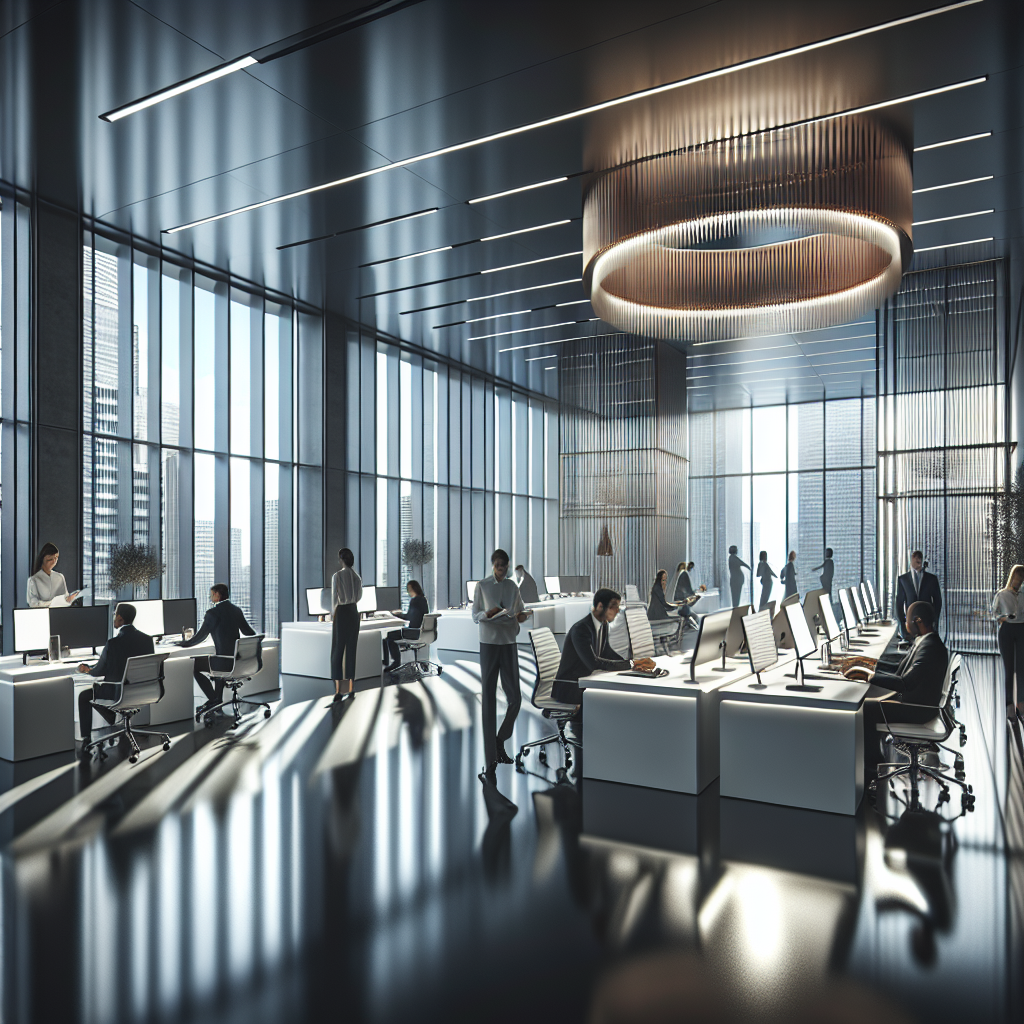Renovating an office space is an exciting venture that can breathe new life into a workplace, fostering creativity and collaboration. However, one element often overlooked in these transformations is lighting. This article will explore the vital role lighting plays in office renovations, its impact on employee productivity and well-being, and tips for implementing effective lighting strategies.
Why Lighting Matters in the Workplace
When considering renovations, it’s easy to focus on decor, furniture, and layout, but lighting significantly influences the overall ambiance and functionality of an office space. Just as an artist relies on the right brushstroke to create a masterpiece, businesses need effective lighting to cultivate an environment that enhances performance. The right lighting can:
- Influence Mood: Well-lit spaces can reduce feelings of fatigue and stress, while poorly lit environments can contribute to discomfort and irritability.
- Enhance Productivity: Studies show that adequate lighting can boost focus and energy levels, resulting in improved employee performance.
- Support Health and Well-being: Proper lighting can reduce eye strain, headaches, and other issues resulting from inadequate visibility.
Types of Lighting to Consider
Creating an inviting and functional office environment involves more than just adequate overhead lighting. A combination of various lighting sources can create a dynamic workspace that caters to different needs.
1. Natural Light
Whenever possible, leverage natural light. Large windows, skylights, and glass walls can create a bright, inviting environment. Natural light is known to improve mood, boost vitamin D levels, and enhance alertness. During renovations, consider:
- Maximizing Window Space: Choose open layouts that incorporate more windows or replace heavy curtains with lighter window treatments to allow more light in.
- Adding Mirrors: Mirrors can reflect natural light, making spaces feel larger and more energetic.
2. Ambient Lighting
Ambient lighting provides the overall illumination in a room. It should be bright enough to create light throughout the space without causing harsh glares. Common ambient lighting options include:
- LED fixtures: Energy-efficient and versatile, LED lights can help create a warm or cool atmosphere based on your office’s design.
- Recessed lighting: Offers a clean and contemporary look while providing uniform lighting without taking up valuable space.
3. Task Lighting
Task lighting is crucial for all workstations, especially where detailed work is done. The goal is to eliminate shadows and provide directed light. Consider the following:
- Desk Lamps: Adjustable desk lamps can help employees focus on their tasks while minimizing eye strain.
- Under-shelf Lighting: Installing lights beneath shelves can improve visibility of documents and tools, making them easier to locate and use.
4. Accent Lighting
Accent lighting is used to create visual interest and highlight specific areas or objects in the workplace. This might include:
- Artwork Spotlights: Illuminate company achievements or motivational artwork to foster a positive atmosphere.
- Decorative Fixtures: Unique light fixtures can serve as a design statement while providing additional light where needed.
The Importance of Color Temperature
Not all lighting is created equal, and color temperature can dramatically change the mood of an office. Color temperature is measured in Kelvins (K), with lower numbers being warmer and higher numbers being cooler. Here’s how to use it effectively:
- Warm Light (below 3000K): Creates a cozy, inviting atmosphere, suitable for lounges or break areas where relaxation is encouraged.
- Cool Light (above 4000K): Increases alertness and focus, ideal for workstations and collaborative spaces.
Consider Employee Preferences
One of the keys to successful office renovation is understanding the preferences and needs of employees. Engaging team members in the lighting design process can yield valuable insights. Consider:
- Conducting Surveys: Gather opinions on preferred lighting types and arrangements.
- Creating Diverse Spaces: Some employees may prefer bright, stimulating environments, while others might thrive in softer, more subdued settings.
Conclusion: Illuminating Your Path to a Successful Office Renovation
Lighting is an essential yet often overlooked aspect of office renovations. By recognizing its importance and implementing thoughtful lighting strategies, businesses can create environments that foster productivity, enhance employee well-being, and reflect their brand identity. As you embark on your renovation journey, remember to think beyond just design aesthetics; ensure your lighting choices align with your employees’ needs to create a vibrant, thriving workspace.
By prioritizing lighting in your office renovation, you’re not only investing in the physical space but also in the people who bring life to it. So, as you redecorate and add new elements, make sure to shine a light on what truly matters: the well-being and performance of your workforce.


